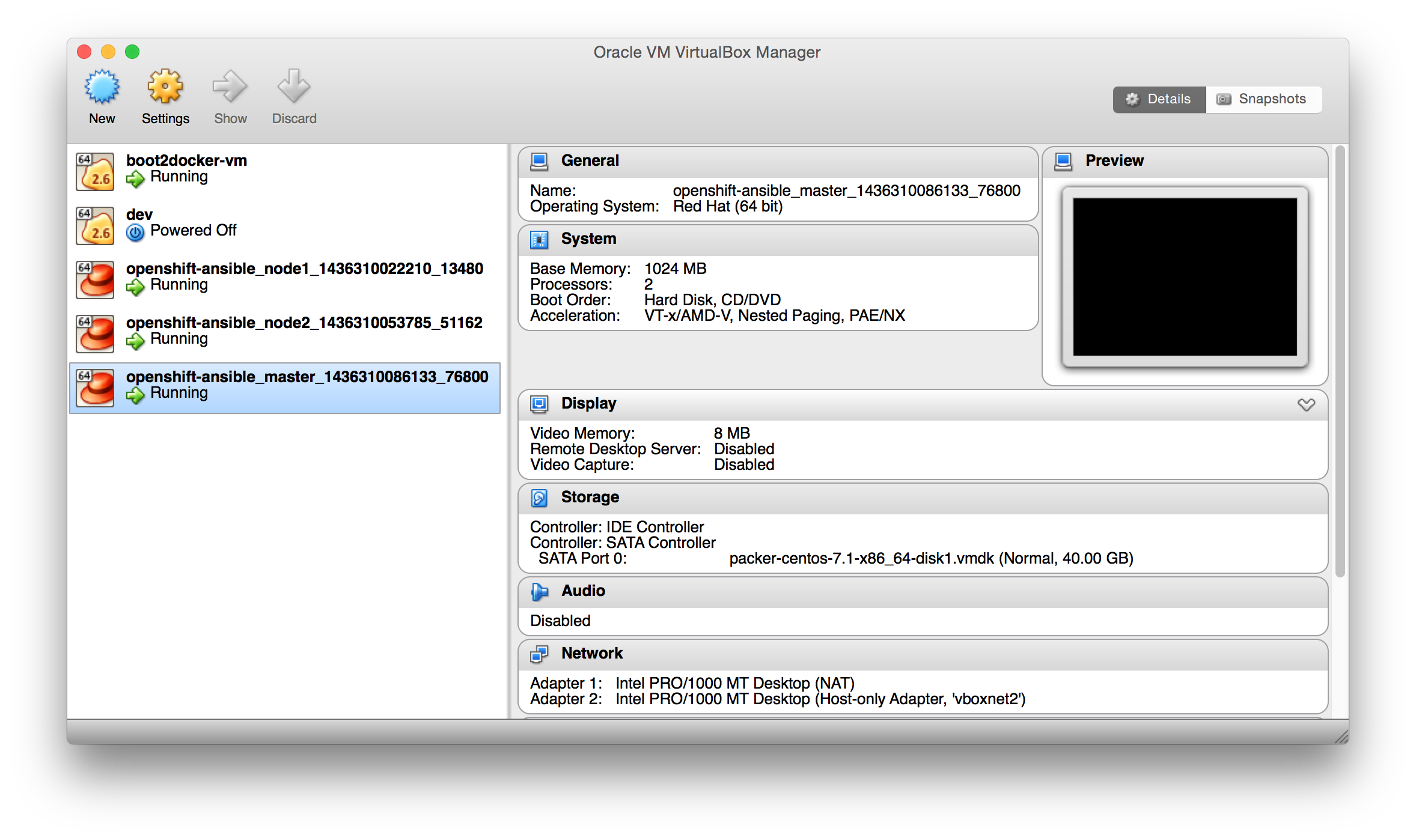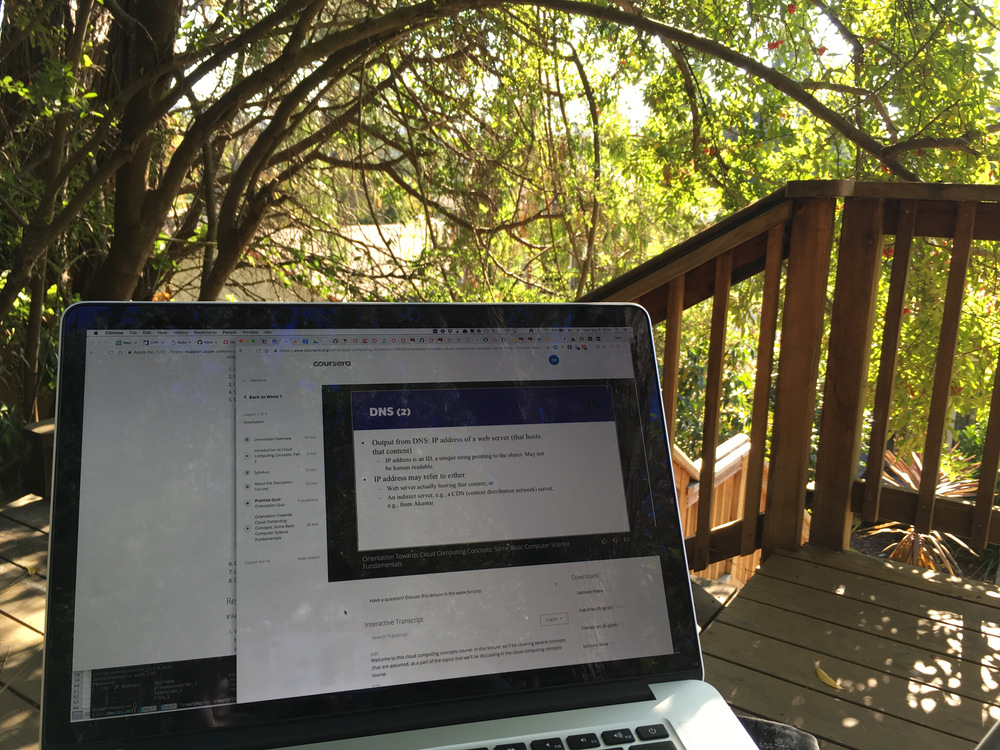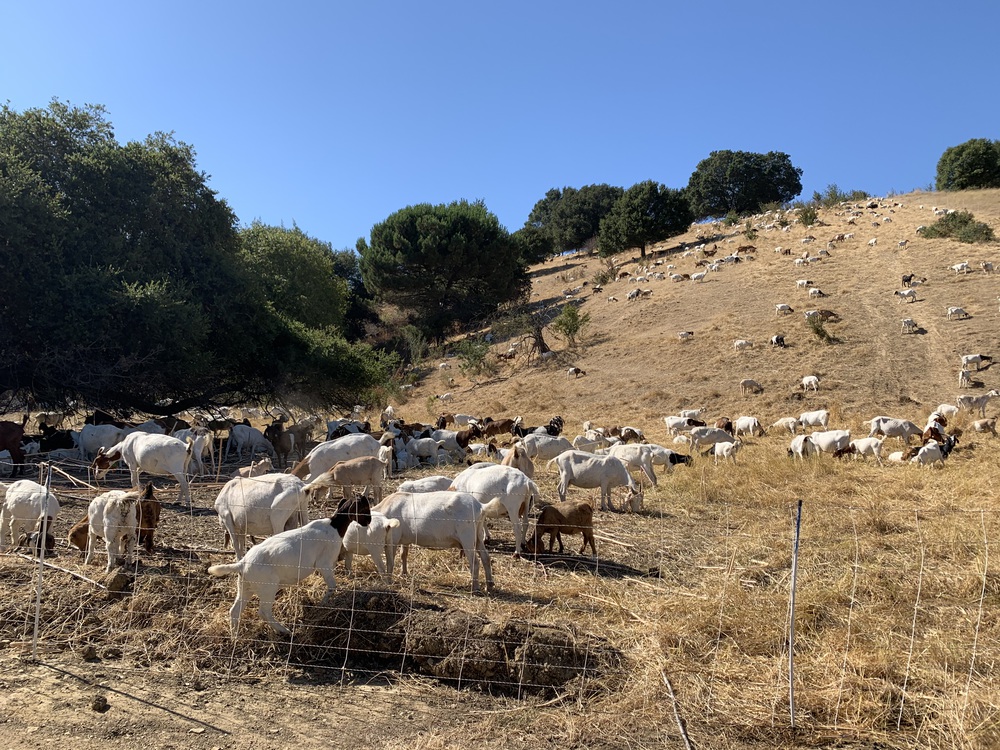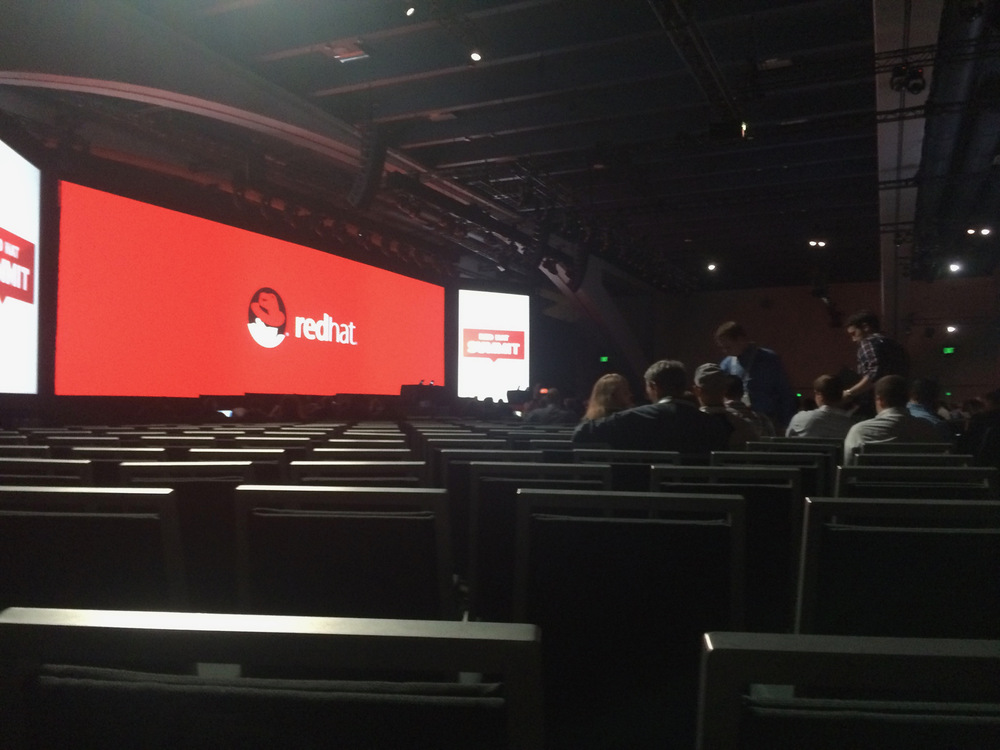Testing OpenShift Enterprise V3
So much for testing OpenShift Origin with Vagrant on OS X, because it does not work yet. Let’s evaluate OpenShift Enterprise v3 on RHEL! First go get yourself an eval license. The OpenShift VMs will run RHEL7.1 and ride on top of RHEV. Documentation First off, here are some starting points to get oriented and acquainted with OpenShift. Docs Getting Started Docs Overview Training Download Prerequisites OpenShift Enterprise 3 Architecture Guide - planning, deployment and operation of an Open Source Platform as a Service Load Balancing Videos










